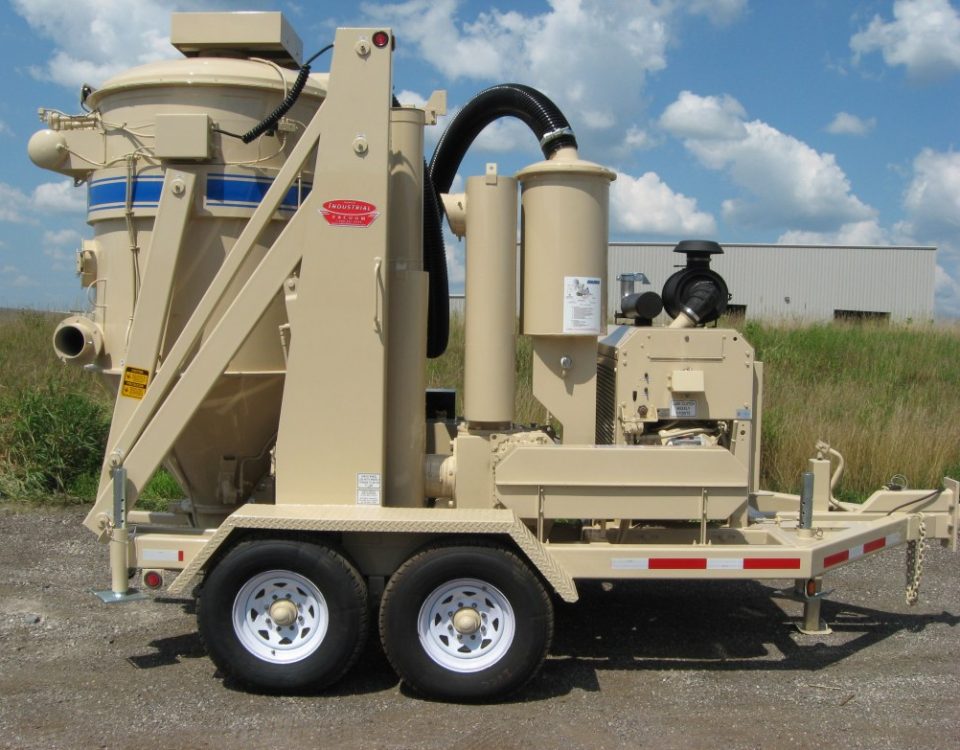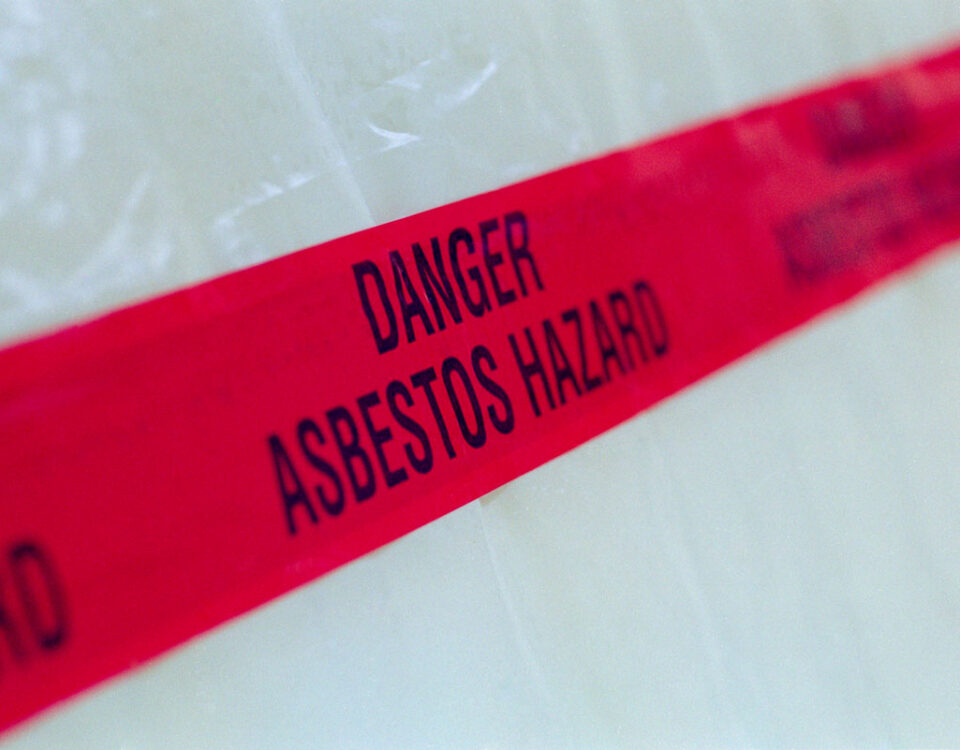FAQ’s About Asbestos
Asbestos is a strong, fire-resistant mineral fibre. In the past, asbestos was used as insulation against heat or noise and for fire protection. It was also added to materials such as cement and plaster to give them more structural strength.
Until the early 1980s, many products containing asbestos were used in house construction. Some products, such as asbestos-containing vermiculite insulation, were used in homes right up until the late 1980s. The graphic below from WorkSafeBC shows many possible sources of asbestos in older homes. When you are renovating or demolishing an older house, there is a high probability of encountering asbestos containing materials.
If asbestos-containing materials are in good condition and left intact, they do not pose a significant danger of releasing asbestos fibres into the air you breathe. However, these materials are hazardous when they deteriorate or are disturbed, such as when they are handled, sanded, drilled into, or broken up so that they crumble. To avoid disturbing asbestos-containing materials, you must know where they are before you begin renovations.
Health Canada provides the following recommendations for homeowners who may have asbestos in their house:
You can reduce your risk of exposure by hiring a professional to test for asbestos before doing any:
- renovations or remodelling,
- demolitions,
- additions.
If asbestos is found, hire a qualified asbestos removal specialist to get rid of it before beginning work. Avoid disturbing asbestos materials yourself. This increases the risk to your health and your family’s health. Check with your provincial and territorial workplace safety authorities to find out the qualifications or certifications needed in your area.
If you have vermiculite-based insulation in your attic, it may contain asbestos. To avoid exposure to asbestos fibres, do not disturb vermiculite-based attic insulation in any way or attempt to remove it yourself. Make sure:
- children are not allowed in the attic,
- the attic is not used for storage or any other use,
- professionals that are trained to handle asbestos are hired if you plan to remodel or renovate,
- all cracks and holes in the ceiling of the rooms below the insulation are sealed,
- caulking around light fixtures and the attic hatch is applied to prevent insulation from falling through.
If you have vermiculite-based insulation in your attic, some may have fallen inside your walls over time. Therefore, you should seal cracks and holes with caulking around:
- window and door frames,
- along baseboards,
- around electrical outlets.
Renovating or demolishing houses containing asbestos products can release asbestos fibres, which are extremely fine and can stay in the air for hours. Breathing in asbestos fibres may cause serious health problems, including lung disease and cancer.
Asbestosis is the name given to scarring and stiffening of the lungs caused by inhaling asbestos dust over many years. It makes breathing difficult and may lead to fatal diseases such as pneumonia and heart disease. Exposure to asbestos can also cause lung cancer and mesothelioma, which is a rare cancer of the linings of the lungs and abdomen.
Asbestos-related diseases usually develop many years after a person has been exposed to asbestos. The risk of developing these diseases increases with the amount of asbestos in the air you inhale and the length of time you are exposed. Smokers are at an increased risk.
No, you should not. Asbestos fibres can easily become airborne, creating a risk of serious illness if proper precautions are not taken.
If you suspect there might be asbestos containing material and before renovations can take place, the product or material must be tested. If there is asbestos is present, proper procedures must be used before the material can be disturbed (removed, or cut).
In many areas, there are strict regulations that define the procedures that must be used when working with different types of asbestos. Even if the work is to be done outdoors, these requirements must be followed.
If you have vermiculite insulation in your home, you should assume this material may be contaminated with asbestos and be aware of steps you can take to protect yourself and your family from exposure to asbestos. It is recommended that vermiculite insulation be left undisturbed. Airborne asbestos fibers present a health risk through inhalation, so the first step is to not disturb the material, which could release fibers into the air. If you disturb the insulation, you may inhale some asbestos fibers. The degree of health risk depends on how much and how often this occurred. If you choose to remove the vermiculite insulation, this work should be done by a trained and accredited asbestos abatement contractor.
The best step is to hire a professional contractor or consultant familiar with asbestos removal. When hiring, confirm that they are qualified and have insurance that covers the type of asbestos work they will be completing.
The person you hire should discuss the specific steps that must be taken to prepare the work area to make sure that:
- The dust is controlled,
- The right personal protective clothing and equipment is used,
- There is appropriate clean up of the work area and waste removal.




